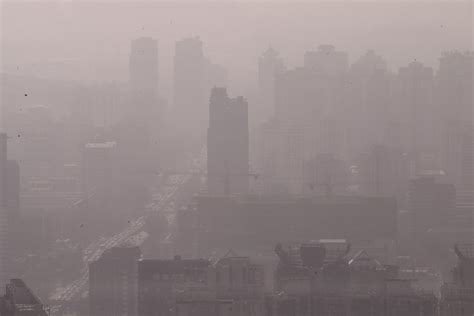
This sounds like the Chinese economic reporting of old.
China’s Chairman Mao in the late 1950’s instigated his Great Leap Forward. Lee Edwards, PhD, at the Heritage Foundation described it this way:
The most inhumane example of Mao’s contempt for human life came when he ordered the collectivization of China’s agriculture under the ironic slogan, the “Great Leap Forward.” A deadly combination of lies about grain production, disastrous farming methods (profitable tea plantations, for example, were turned into rice fields), and misdistribution of food produced the worse famine in human history.
Deaths from hunger reached more than 50 percent in some Chinese villages. The total number of dead from 1959 to 1961 was between 30 million and 40 million — the population of California.
One of the main reasons for the failure of the Great Leap Forward was faulty reporting. At each successive layer of reporting the numbers were ‘fudged’ and results reported were greater than actual. As a result, the eventual numbers reported to Mao were garbage.
Some things never change.
China hasn’t eliminated the faulty reporting from decades ago. The Gateway Pundit has reported on current faulty reporting in China for some time. As noted in our article below:
We’ve reported for years on the problems China has with banks and local governments not reporting publicly on the amount of their real debt. We’ve estimated that trillions are not being reported by these entities. We reported on a piece from Bloomberg previously that estimated China’s government debt at $8.2 trillion:
China’s hidden local government debt has swelled to more than half the size of the economy, according to economists at Goldman Sachs Group Inc., who said the government will need to be flexible in dealing with this as revenue is already under pressure due to a slowdown in land sales.
The total debt of local government financing vehicles rose to about 53 trillion yuan ($8.2 trillion) at the end of last year from 16 trillion yuan in 2013, the economists wrote in a report. That’s equal to about 52% of gross domestic product and is larger than amount of official outstanding government debt. The LGFVs are a tool for governments to borrow money without it appearing on their balance sheets, but it is seen as the same as a government liability by financial markets.By comparison, local debt in the US is estimated at $2 trillion at the end of 2020. China’s GDP is also about two-thirds that of the US ($14 trillion vs. 20 trillion for the US). The fact that China’s local hidden debt is four times that of US local debt is startling when considering GDP.
EXCLUSIVE: China Reacts to Evergrande’s Imminent Collapse – Economy Weaker than Being Reported
Paradoxically, CNN reports that China’s economy grew 8.1% in 2021.
China’s economy expanded 8.1% last year, far exceeding the government’s own targets. But weakening growth in the closing months of 2021 suggests that trouble is still on the horizon as the country contends with a deepening real estate crisis, renewed Covid outbreaks and Beijing’s strict no-tolerance approach to controlling the virus.
The 2021 growth figure is roughly in line with the expectations set by many economists. And it outstrips the Chinese government’s target last year for its economy to expand at least 6%.
If real estate is a quarter of China’s GDP and it failed in 2021, how could its economy have grown by 8.1%? This all smells like China reporting of old.
The post SURE IT DID… China Claims It’s GDP Grew 8.1% in 2021 Yet a Quarter of Its Economy Tanked Last Year appeared first on The Gateway Pundit.
